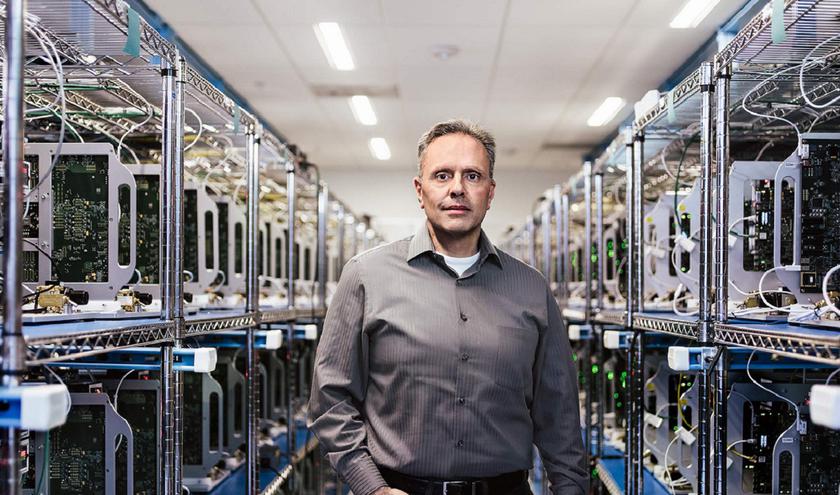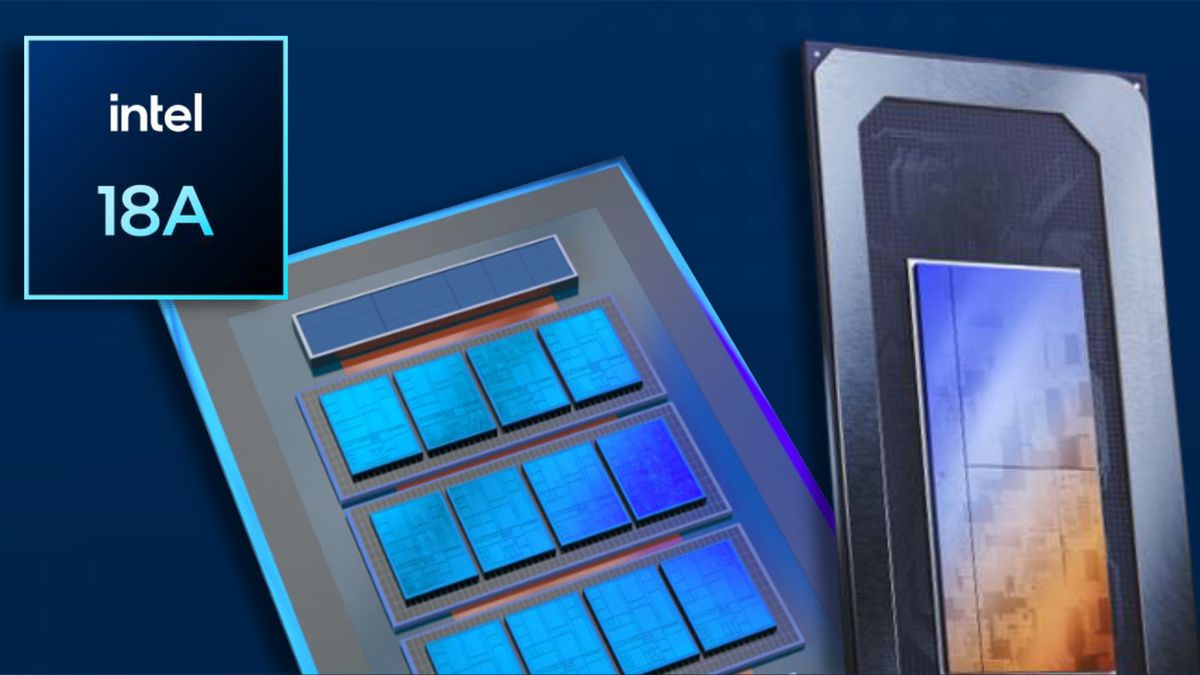Remember, 3.5 years ago, Intel had zero EUV nodes. Back then, many said Pat's plan was crazy and Intel would never even get Intel 4 to work. But Intel 4, and Intel 3 are yielding just fine. 18A is inches from the finish line. From a technological standpoint, Pat's plan has worked. It sounds like 18A is healthy. Over the last 2 weeks, there was a media circus about 18A failing yields. I think even some on the Intel board were fooled. But the articles in this circus appear to have been written by people who know nothing about the interplay between defect density, chip size and yield. In some cases it felt like the articles were deliberately misleading. Even Pat, post "retirement", felt compelled to speak up and set the record straight.
The day Pat retired, TSMC stock jumped 5%. TSMC would like nothing more than for IFS to fail. TSMC has gone uncontested now for nearly a decade. IFS is the biggest threat to TSMC's dominance and they know it. Do people really want just one leading edge fab in the world? A new Taiwan law requires TSMC (and in theory any other Taiwan company) to keep leading edge fab in Taiwan. So, TSMC Arizona will NOT be leading edge, by law, despite the wink and nod they gave to the CHIPS act politicians. CHIPs requires Intel to retain 50.1% of foundry. So if Intel jettisons its foundry, INTC would give up $8B in direct funding, $3B in DoD contracts, and ~$20B in tax incentives. It's not clear to me how Intel would even get rid of Foundry. Would they really give up $30B+ ? Would the buyer get the CHIPs money? Would MSFT, Amazon, MediaTek, and others back out of their deals if there is a new owner? What about the funding deals with Brookfied and Apollo? If IFS is so bad, why would anyone want to buy it? But if it holds promise, why sell it?
IFS has gotten the technology part right: 18A, backside power, they have two ASML high NA tools up and running and are developing new nodes with them ahead of anyone, their advanced packaging is also impressive. Post 18A, IFS should have a clear jump on high NA nodes. IFS just needs to convert all this new technology into financial results...which of course is very challenging. IMO, some big names need to step up here: Apple, Nvidia, Meta, etc... Throw $5-10 billion each at IFS, it's pocket change for them. In return, they all get a stake in a 2nd source leading edge foundry and the USA is no longer just a spectator in an industry it created. It's not clear to me Johny Srouji, Lip-Bu Tan, or any other possible new CEO can just wave a magic wand and make foundry disappear. Nor is it clear they would want to do that. This is a very complex geopolitical chess game involving governments (USA, Taiwan, China, Japan, Korea, Europe) and big tech companies (Intel, TSMC, Samsung, Apple, Nvidia, ASML, etc... ).
Intel needs a CEO who knows this geopolitical landscape, knows how to make the deals or investments from Apple and Nvidia happen, knows the foundry technology, knows the design technology, and knows how to lead. Pat seems to have all these traits, expect he wasn't able to get the big names to sign up for IFS or to invest in it. If the new CEO can acheive this, INTC and its foundry will succeed. If the new CEO sells off foundry, foundry will fail or simply fall into the hands of TSMC, who would be required to have it be non-leading edge (again by Taiwain law). Without a fab, Intel products would have no distinguishing characteristic or unique selling point. Intel products would likely also fail in this scenario, especially since they seem unwilling to do anything outside of x86. A new CEO also needs to expand Intel products into realms other than x86 laptops and x86 data center. Either bring x86 into mobile, or bring non-x86 to Intel. Finally, a new CEO needs to set a lofty goal in AI, simliarly grandiose to Pat's 5N4Y lofty foundry goal. Intel needs bold action in products too.



 www.linkedin.com
www.linkedin.com


